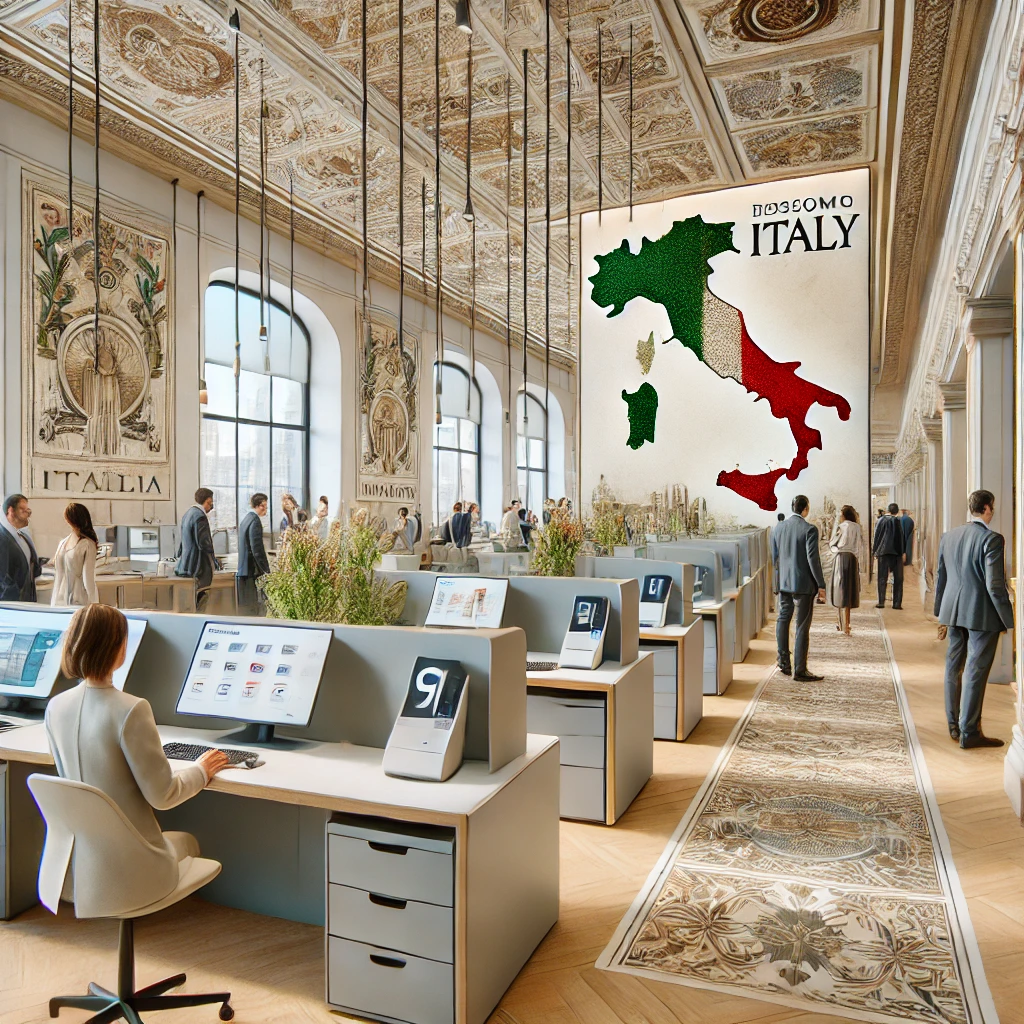Introduction
In a move aimed at improving efficiency and addressing longstanding complaints, the immigration office in Perugia, Italy, has adopted new operational procedures. These changes are designed to reduce wait times, simplify processes, and enhance transparency for migrants seeking essential services such as residency permits and citizenship applications. The development has been welcomed by many but also raises questions about the broader challenges facing Italy’s immigration system.
Key Takeaways
1. New Procedures Introduced in Perugia:
The immigration office in Perugia has rolled out updated processes to streamline services for migrants.
2. Focus on Reducing Wait Times:
The changes aim to cut down the lengthy delays that have long plagued the system, particularly for residency and citizenship applications.
3. Emphasis on Transparency:
The new procedures include measures to improve communication with migrants and provide clearer guidance on application requirements.
4. Mixed Reactions from Stakeholders:
While many welcome the improvements, some advocacy groups argue that more comprehensive reforms are needed across the country.
5. Broader Implications for Italy’s Immigration System:
The changes in Perugia highlight both the progress being made and the ongoing challenges in managing immigration at a regional and national level.
Changes in Perugia: What’s New?
The immigration office in Perugia has introduced a range of updates aimed at addressing inefficiencies that have long frustrated migrants and local administrators. Key improvements include:
- Online Appointment System: A new digital platform allows migrants to book appointments and track their application status, reducing the need for in-person visits.
- Streamlined Application Reviews: Revised procedures prioritize the processing of applications based on urgency and completeness, minimizing backlogs.
- Enhanced Communication Channels: The office has implemented multilingual support services and informational materials to better assist non-Italian speakers.
These changes reflect a shift toward modernizing administrative systems and aligning with best practices seen in other parts of Europe.
Addressing Longstanding Challenges
Perugia’s immigration office, like many across Italy, has faced significant criticism for long wait times, unclear processes, and inadequate resources. For years, migrants seeking residency permits or citizenship often endured delays of months or even years, leading to frustration and uncertainty.
The new procedures are a direct response to these issues. By leveraging technology and improving workflow efficiency, the office aims to restore trust among migrants and demonstrate a commitment to better service delivery.
Reactions from Migrants and Advocacy Groups
The response to the new procedures has been largely positive, with many migrants expressing relief at the prospect of faster and more transparent services. Advocacy groups, however, caution that these changes are just the beginning.
Some critics argue that the improvements in Perugia must be replicated nationwide to have a meaningful impact. They also stress the importance of addressing systemic issues, such as understaffing and limited funding, which continue to hinder Italy’s immigration system.
Broader Context: Italy’s Immigration Landscape
The changes in Perugia come at a time when Italy is grappling with broader immigration challenges. As a key entry point for migrants arriving in Europe, the country faces immense pressure to manage both asylum seekers and long-term residents.
Reforms like those in Perugia are a step in the right direction, but they highlight the need for a more comprehensive approach. National-level reforms that address resource allocation, legal frameworks, and integration support are essential to creating a fair and effective immigration system.
Opinion: A Promising Start, But More Work Ahead
In my view, the updates in Perugia’s immigration office represent a promising step toward improving the experiences of migrants in Italy. By focusing on efficiency and transparency, the office is addressing key pain points that have long undermined trust in the system.
However, these changes must be part of a broader reform effort. Without sufficient resources, national coordination, and a commitment to addressing systemic challenges, progress will remain localized and limited. Italy has an opportunity to lead by example, showing how administrative efficiency and compassion can go hand in hand.
Conclusion
The Perugia immigration office’s new procedures mark a significant milestone in Italy’s efforts to improve its immigration system. While the changes have been widely welcomed, they also serve as a reminder of the ongoing challenges that require attention at both regional and national levels. For Italy to truly modernize its approach to immigration, these localized improvements must inspire broader, systemic reforms.
#Italy
Source
infomigrants.net: Immigration Office in Perugia Adopts New Procedures










